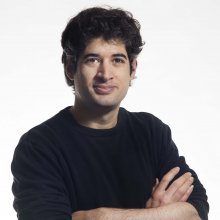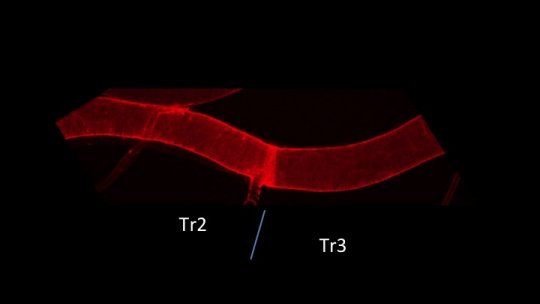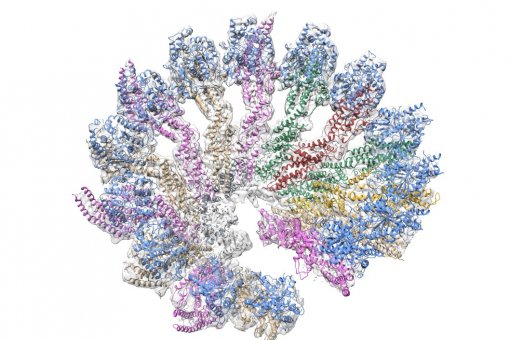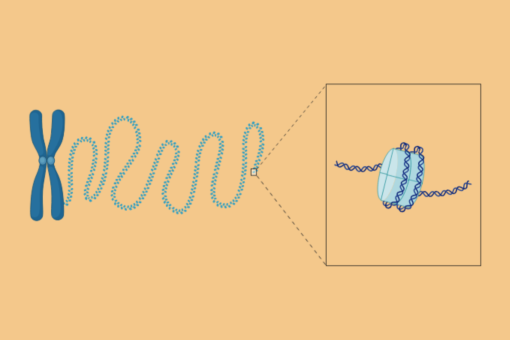Images
Participants


Contact

Scientists at IRB Barcelona and CSIC reveal that the combination of two molecular signals determines which cells that have already differentiated can regain their stem cell properties.
Their studies on fruit flies allow for advancements in the field of regenerative medicine and a better understanding of processes involved in cancer.
In a study published this week in PLos Genetics, scientists Nareg J. Djabrayan and Jordi Casanova from the Institute for Research in Biomedicine (IRB Barcelona) and CSIC, have identified two molecular signals and the pathway of events that allows cells in a tissue that are already specialized to regain their behaviour as stem cells. The study offers new information about how cells become differentiated and how "this other type" of stem cells, called facultative, get activated, which is of particular interest in cell reprogramming, regenerative medicine, and in understanding cancer.
Facultative stem cells are being identified more and more often in human tissues and organs, but much less is known about them compared to typical stem cells, which have distinct morphological traits. "The existence of facultative stem cells indicates that many differentiatied cells continue to have great plasticity and are able to respond in situations of stress, such as in wounds or in the regeneration of worn out tissues," explains Jordi Casanova, head of the Development and Morphogenesis in Drosophila group at IRB Barcelona.
"This plasticity is good if it is well regulated. If any of the mechanisms involved becomes unbalanced, it becomes dangerous," adds Casanova. "In fact, cellular plasticity in tissues that regenerate often, are associated with organs that have a high incidence of cancer, such as the colon or blood," he explains.
A combination of signals in space and time
The researchers looked at the moment when a Drosophila larva changes into an adult fly. "This model is a good one to identify and study facultative stem cells because there are some cells in the larva that will give rise to the adult fly and they get activated during the switch from larva to adult, a transition which could be considered a condition of stress," explains Casanova.
Concretely, the researchers studied cells with facultative stem cell traits in Drosophila trachea. They showed that only some cells in the tissue receive a spatial signal that marks them. Then, when the transition occurs, a second signal is sent, triggered by hormones, that prompts the reactivation of the stem cell programme. This signal reaches all cells in the tissue, but only those that have been marked previously with the spatial signal are reactivated as stem cells.
"Understanding these signal regulation mechanisms is fundamental in order to control, for example, the reprogramming of cells," indicates Casanova. Using the same model, the scientists now want to investigate which mechanisms allow differentiated cells to maintain their plasticity and how they go from being a differentiated cell to a stem cell and vice versa.
Reference article:
Snoo and Dpp act as spatial and temporal regulators respectively of adult progenitor cells in the Drosophila trachea
Nareg J-V Djabrayan and Jordi Casanova
PLoS Genet. (2016 Mar 4) DOI: 10.1371/journal.pgen.1005909
About IRB Barcelona
The Institute for Research in Biomedicine (IRB Barcelona) pursues a society free of disease. To this end, it conducts multidisciplinary research of excellence to cure cancer and other diseases linked to ageing. It establishes technology transfer agreements with the pharmaceutical industry and major hospitals to bring research results closer to society, and organises a range of science outreach activities to engage the public in an open dialogue. IRB Barcelona is an international centre that hosts 400 researchers and more than 30 nationalities. Recognised as a Severo Ochoa Centre of Excellence since 2011, IRB Barcelona is a CERCA centre and member of the Barcelona Institute of Science and Technology (BIST).





